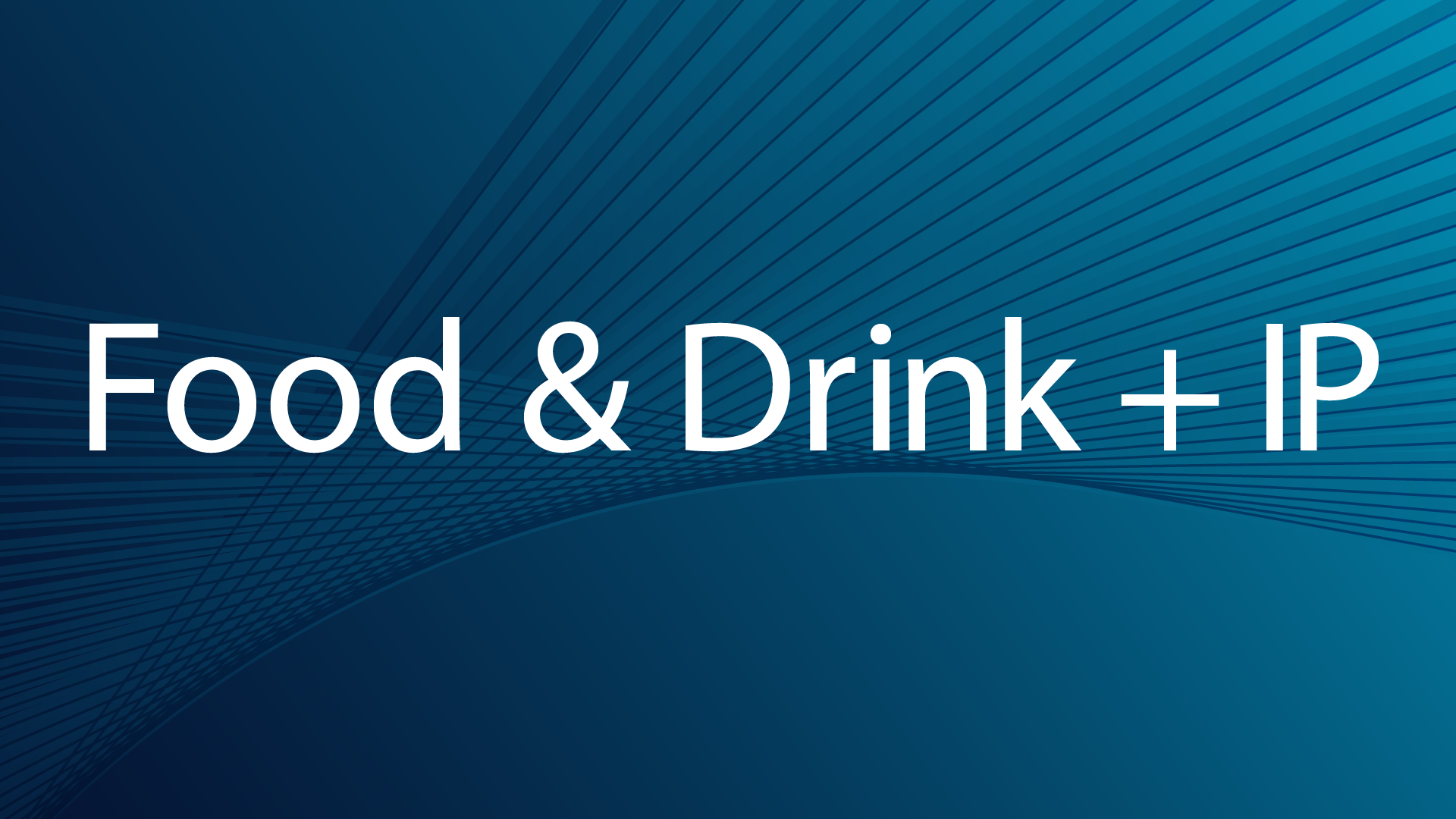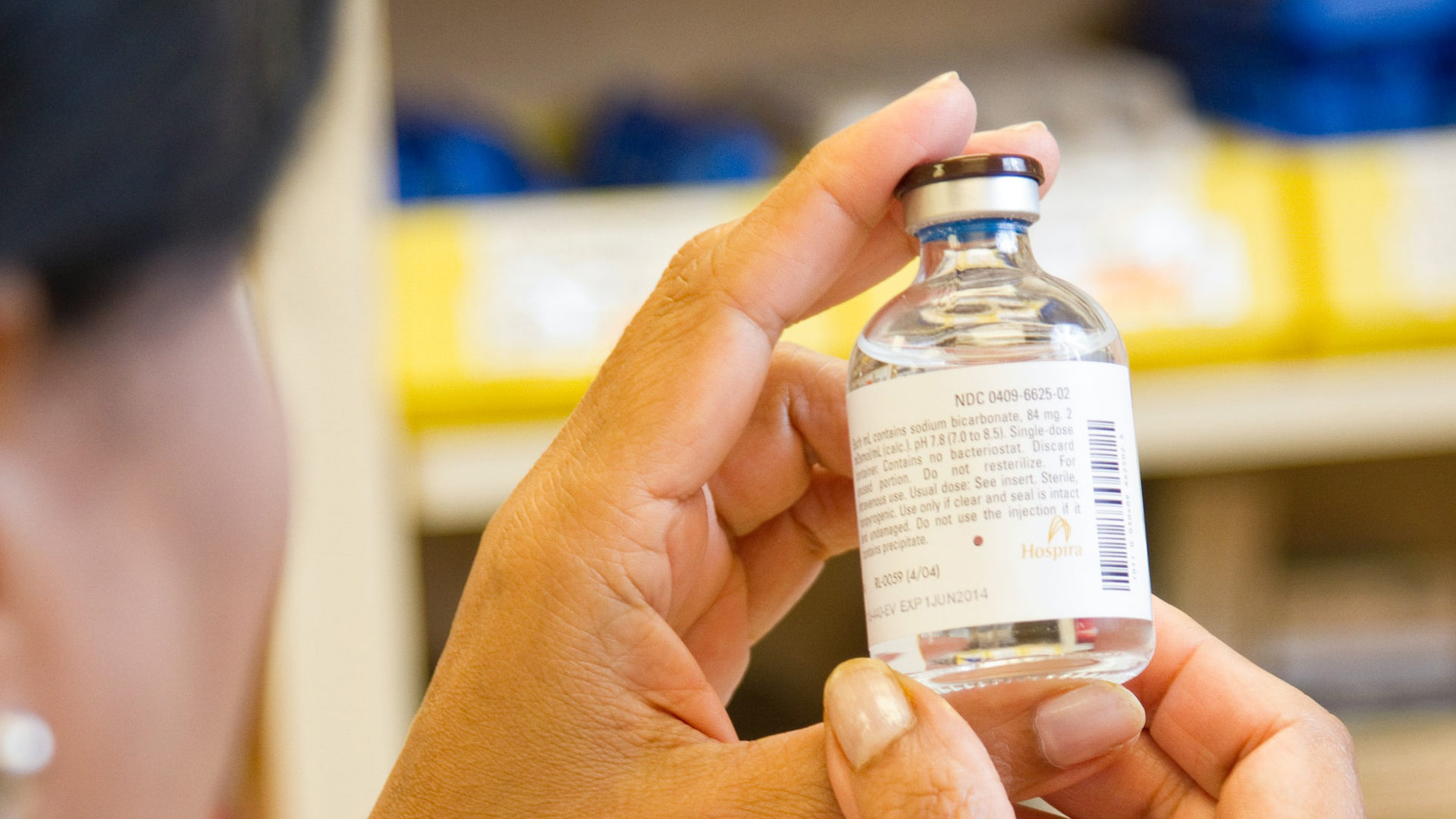News
What is EUDAMED and how will it affect your IP strategy?
March 2023
The “European database on medical devices”, or “EUDAMED”, is the EU’s IT system created by the new Medical Devices Regulation (MDR) and In Vitro Diagnostics Medical Devices Regulation (IVDR).
When fully operational, EUDAMED will play a key part in the implementation of the new regulations and seeks to improve transparency and coordination of information regarding medical devices available on the EU market.
Going forwards, EUDAMED will serve as the registration portal for medical devices in Europe and will be made up of six modules: actor registration, unique device identification (UDI) and device registration, notified bodies and certificates, clinical investigations and performance studies, vigilance and market surveillance.
With the aim of strengthening public and patient confidence in the safety of medical devices placed on the EU market, certain parts of EUDAMED will be accessible by the public.
In particular, the public will be able to access information relating to the registered devices, their manufacturers and certificates of conformity, the notified bodies which have delivered them and some information relating to the clinical investigations and incident reports associated with the devices.
Inevitably, therefore, information relating to medical devices will necessarily become publicly available earlier as part of the new registration process in Europe.
The risks
Early disclosure of critical product information through EUDAMED presents several challenges and risks to medical device companies and will require new strategies to mitigate against negative outcomes.
One crucial area that will be impacted is IP strategy.
In particular, without revision of IP strategies, medical device companies face potential inadvertent public disclosure of key information relating to their medical devices which could hamper or prevent patent protection being obtained for the devices.
Without such protection, medical device companies are exposed to the risk of their technology being freely produced and sold by competitors (subject to them also meeting the necessary regulatory requirements, of course).
How should medical device companies react?
In order to adapt to the new system, medical device companies should firstly familiarise themselves with the types of information required by EUDAMED and understand which portions of that information will become publicly available and when.
Secondly, medical device companies should establish clear lines of communication between the teams handling regulatory matters and IP matters so that each team is operating with a clear understanding of the others’ activities and future intentions.
Armed with this information, medical device companies may wish to adopt a more proactive approach to filing patent applications to ensure that priority dates for commercially significant technical developments are secured prior to the commencement of the regulatory process (or at least ahead of information becoming publicly available on EUDAMED).
Not only might the disclosure impact the ability to obtain patent protection for that device, it might also impact the possible protection available for future devices that may still be in development.
Consequently, it is important that information that is submitted as part of the regulatory process is carefully considered against the IP strategy for the device in question as well as future related devices.
Ideally, superfluous information that may negatively impact the IP strategy should be excised from the regulatory submissions.
In cases where it is difficult or impossible to satisfy the regulatory requirements without submitting information that may prejudice the patentability of future patent applications, it may be prudent to accelerate the patent filing process to establish priority dates for important device aspects sooner than would otherwise have been the case.
In addition to this, the importance of having a robust IP strategy is even more significant given that the new MDR permits the re-use of existing clinical data for manufacturers of a device demonstrated to be equivalent to an already marketed device.
Whilst the regulations require the two manufacturers to have a contract in place that explicitly allows the manufacturer of the second device full access to the technical documentation on an ongoing basis, securing adequate patent protection around the core features of the original device will provide more leverage for the original device manufacturer when negotiating with the manufacturer of the second device.
Where are we now and what comes next?
The EUDAMED system is currently in development, and according to revised timelines published by the European Commission, mandatory use of EUDAMED is not expected to commence until 2024.
Fortunately, this provides sufficient time for medical device companies to consider EUDAMED’s impact on their IP strategy and implement policies and processes in preparation for its launch.
If companies don’t feel capable to assess this impact and consider what changes need to be made, it is essential that they consult their IP advisors to ensure that they access the necessary expertise to position themselves favourably when EUDAMED goes online.
Failure to take appropriate action could result in valuable IP going unprotected and leaving innovative companies unnecessarily exposed.
This article was written by Partner and Patent Attorney, Kieran Killough, for HealthTech World. Read the original article here.






























